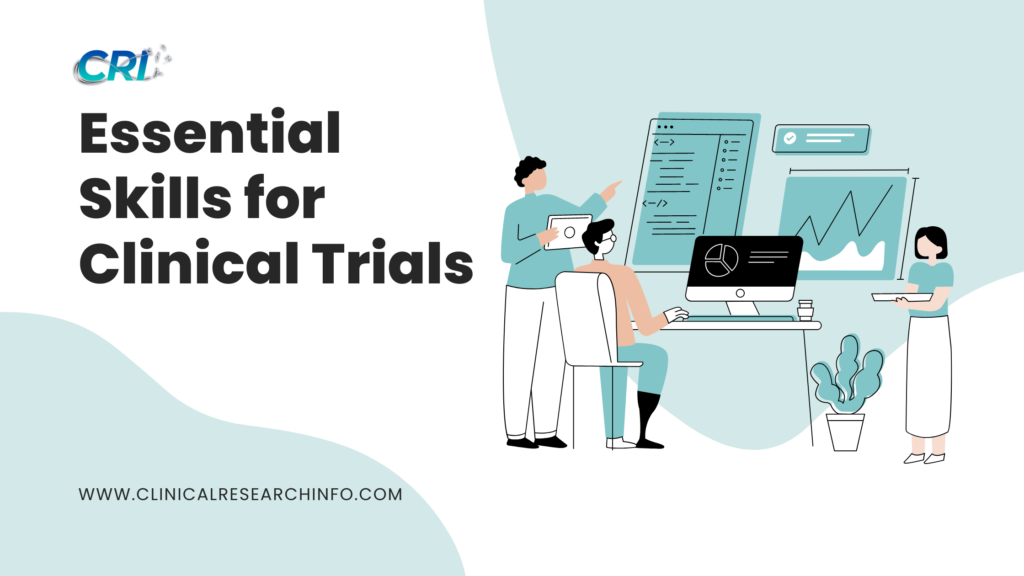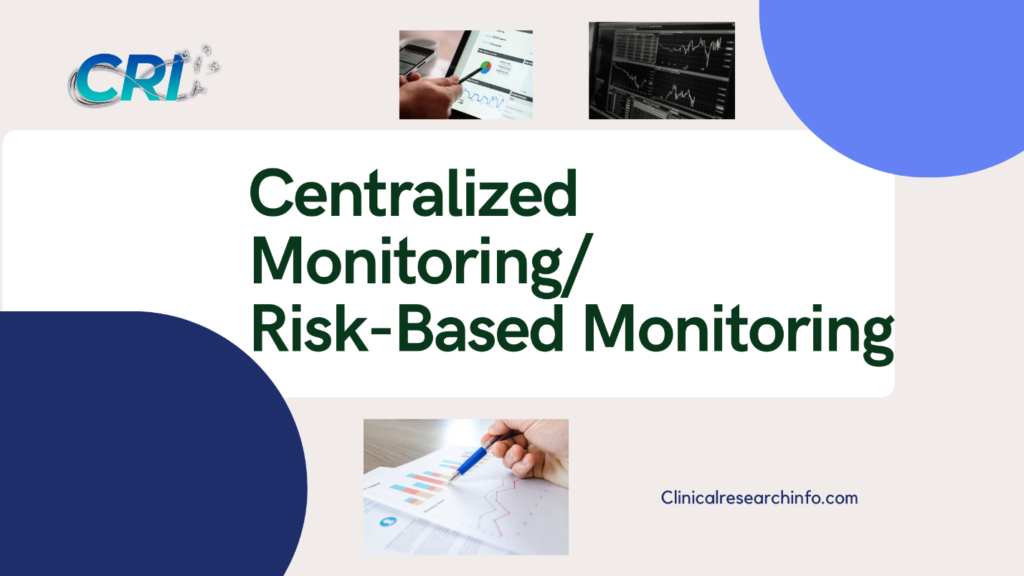Understanding Clinical Trial Study Designs: A Comprehensive Overview
Clinical trials are the backbone of medical research, providing the necessary data to determine the safety and efficacy of new treatments, drugs, or interventions. A well-structured clinical trial design is crucial to generating reliable and valid results. Understanding the different types of study designs is essential for anyone involved in clinical research, whether they are healthcare professionals, researchers, or patients. This article delves into the various clinical trial study designs, highlighting their strengths, limitations, and applications. 1. Randomized Controlled Trials (RCTs) Overview:Randomized Controlled Trials (RCTs) are considered the gold standard in clinical research. In an RCT, participants are randomly assigned to either the treatment group or the control group. The treatment group receives the intervention under investigation, while the control group may receive a placebo, standard treatment, or no treatment at all. Strengths: Limitations: Applications:RCTs are used extensively in testing new drugs, medical devices, and therapeutic interventions. 2. Cohort Studies Overview:Cohort studies involve following a group of people (cohort) over time to observe how certain exposures or interventions affect outcomes. These can be either prospective (looking forward in time) or retrospective (looking back at existing data). Strengths: Limitations: Applications:Cohort studies are often used in epidemiology to study the causes of diseases, as well as in long-term health outcome research. 3. Case-Control Studies Overview:In a case-control study, researchers start with an outcome (such as a disease) and work backward to investigate the exposure that might have led to it. Participants are divided into two groups: cases (those with the outcome) and controls (those without the outcome). Strengths: Limitations: Applications:Case-control studies are often used in epidemiology to identify factors that may contribute to a medical condition. 4. Cross-Sectional Studies Overview:Cross-sectional studies analyze data from a population at a single point in time. Researchers look at the prevalence of outcomes and exposures simultaneously. Strengths: Limitations: Applications:Cross-sectional studies are often used in public health to assess the prevalence of diseases and risk factors in a population. 5. Crossover Studies Overview:In a crossover study, participants receive multiple interventions in a random order, with a washout period in between to eliminate the effects of the previous treatment. Each participant serves as their own control. Strengths: Limitations: Applications:Crossover studies are commonly used in pharmacokinetic research, where the goal is to compare the effects of different drugs or dosages in the same individuals. 6. Adaptive Clinical Trials Overview:Adaptive clinical trials are designed to allow modifications to the trial procedures (e.g., sample size, treatment arms) based on interim results. These trials are more flexible and efficient than traditional fixed-design trials. Strengths: Limitations: Applications:Adaptive trials are increasingly used in drug development, particularly in oncology, where the need for rapid innovation is high. Conclusion Each clinical trial study design serves a unique purpose and has its own set of strengths and limitations. The choice of design depends on various factors, including the research question, the nature of the intervention, ethical considerations, and available resources. Understanding these designs is crucial for conducting rigorous and reliable clinical research that can lead to meaningful advancements in healthcare. This overview provides a foundational understanding of the most common clinical trial designs, helping researchers, healthcare professionals, and stakeholders make informed decisions in the pursuit of better treatments and outcomes.
Understanding Clinical Trial Study Designs: A Comprehensive Overview Read More »









